In the lush landscapes of California’s forests and mountain ranges, a tiny yet fascinating creature quietly roams: the diminutive salamander. This petite amphibian, small enough to fit comfortably on the tip of your finger, plays a remarkable role in the ecosystem despite its size. Join us on a journey through the intricate world of this minute marvel, exploring its characteristics, habitat, and the critical role it plays in California’s biodiverse world.
The Enchanting World of Tiny Salamanders
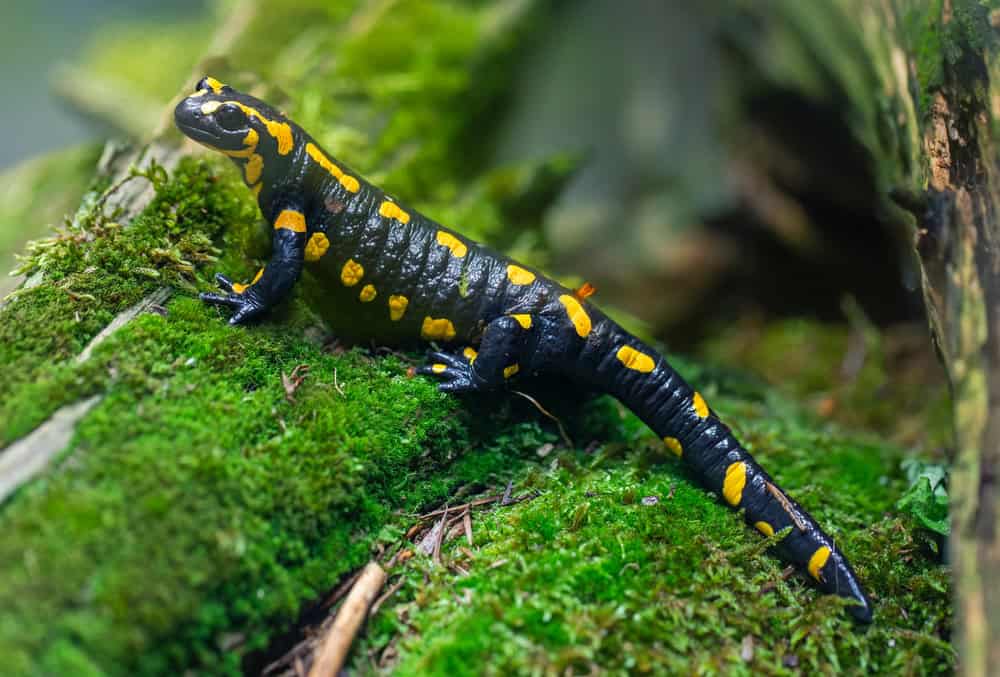
California is home to a variety of salamanders, some so small that they can scarcely be spotted amidst the dense foliage. Among them, the minute salamander species stands out due to its exceptionally small size, captivating researchers and nature enthusiasts alike. These tiny creatures are marvels of evolution, adapted perfectly to their environments despite the challenges posed by their size.
Distinctive Characteristics of California’s Smallest Salamanders
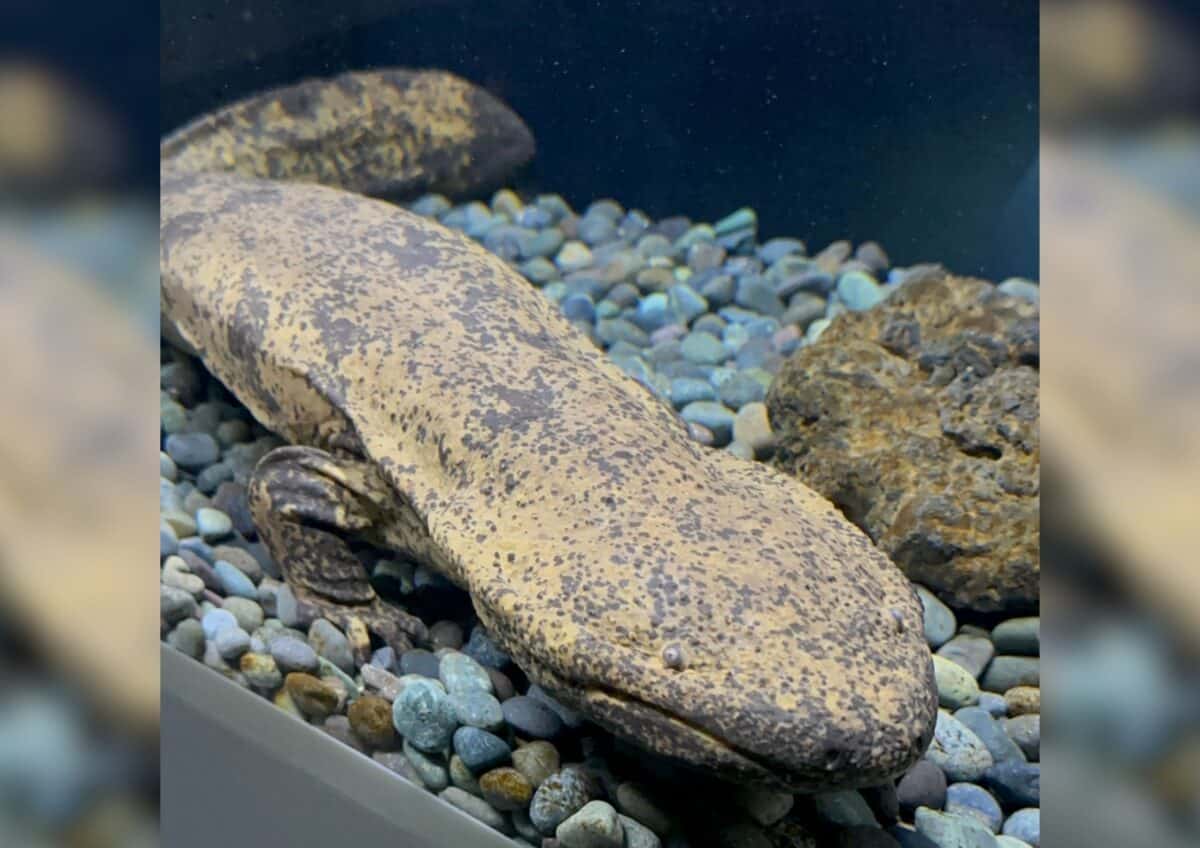
These minute salamanders are not only tiny but also exhibit a range of fascinating features. Their slender bodies are typically adorned with vibrant hues that blend seamlessly into their surroundings, providing excellent camouflage against predators. On average, these salamanders grow no longer than a couple of centimeters, making them remarkably unique within the larger salamander family.
Habitat Where to Find These Petite Amphibians
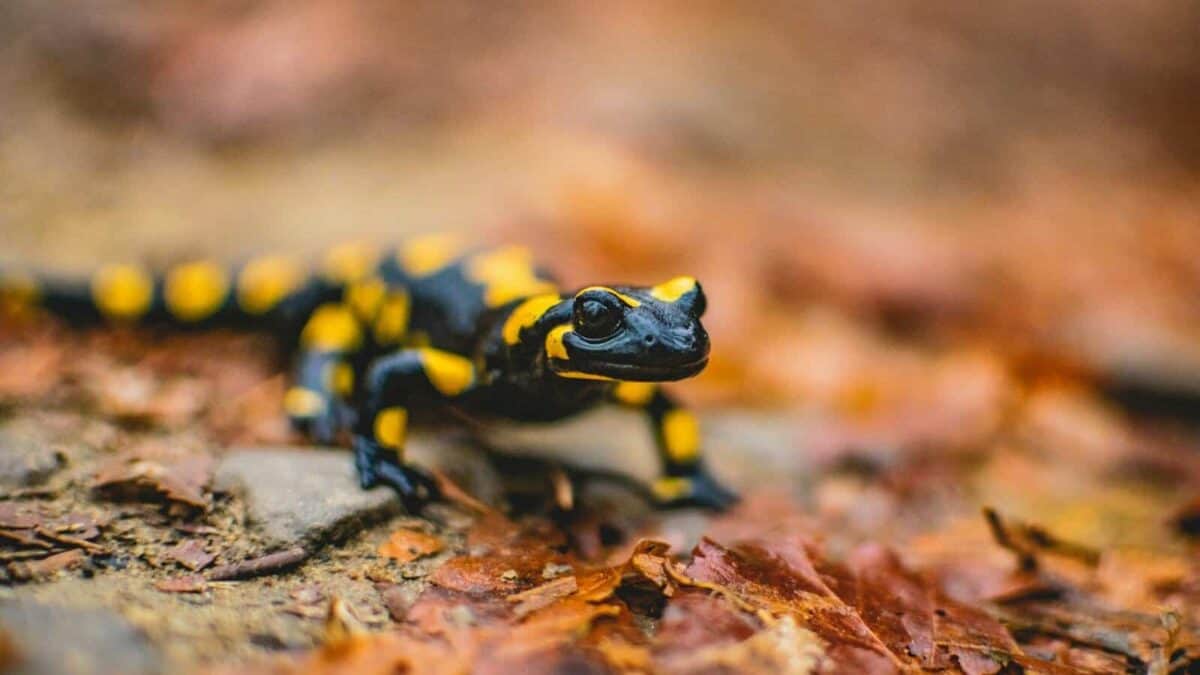
The tiny salamanders of California favor moist, secluded habitats within the state’s forests and mountainous regions. They can often be found lurking beneath leaves, logs, and rocks, where the humidity is perfect for their skin. These microhabitats offer not only moisture but also protection from predators and harsh weather conditions.
Adaptations for Survival in a Giant’s World
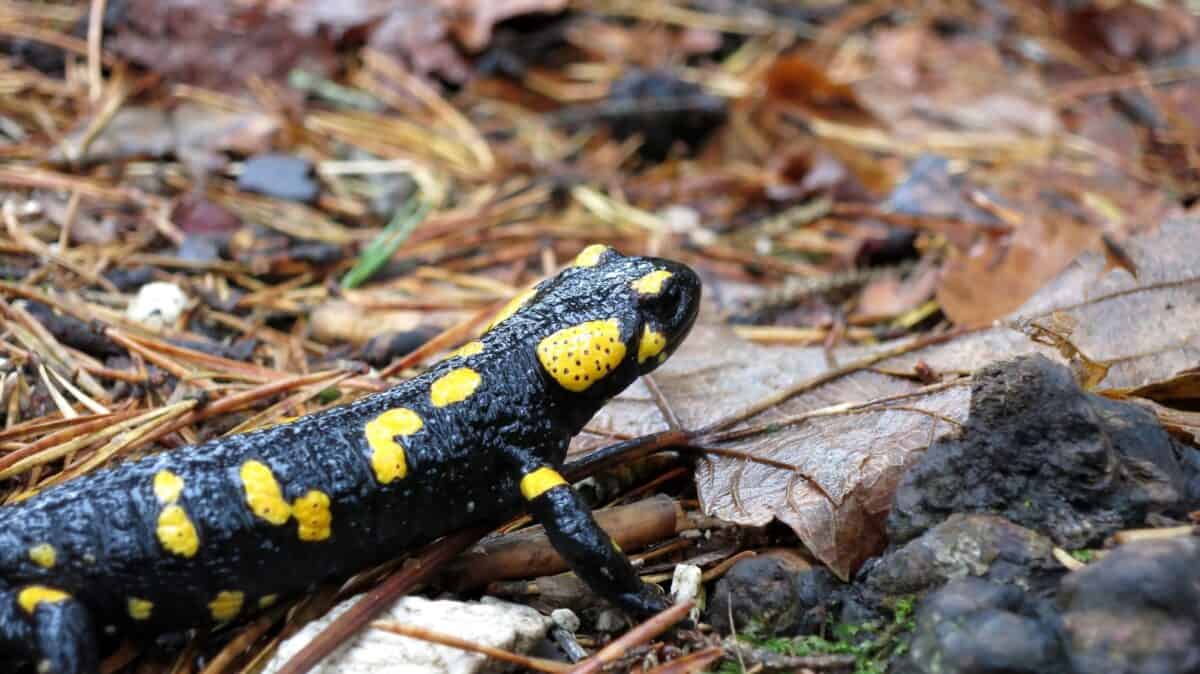
Despite their small stature, these salamanders possess a variety of adaptations that increase their chances of survival. Their small size allows them to remain hidden from predators, while their slender bodies enable them to navigate through tiny crevices and spaces. Additionally, their skin is adapted to efficiently absorb moisture, a crucial trait for sustaining life in their humid habitats.
Feeding Habits and Diet

The diet of these salamanders primarily consists of small insects and invertebrates, which they consume with remarkable efficiency. Their feeding habits help control insect populations, highlighting their importance in maintaining ecological balance.
Breeding and Lifespan of Minute Salamanders

Reproduction in these tiny salamanders is an intricate process, often taking place in the damp environments of the forest floor. Females lay eggs that are carefully hidden to safeguard them from predators. Upon hatching, the juvenile salamanders are fully equipped to fend for themselves.
Threats and Conservation Challenges

Although resilient, these salamanders face various threats, primarily from habitat destruction and climate change. Deforestation and pollution also pose significant challenges, making conservation efforts vital for their survival.
The Role of Minute Salamanders in the Ecosystem

Despite their diminutive size, these tiny salamanders play a significant role in the ecosystem. They help control insect populations and become prey for larger animals, forming a crucial link in the food chain. Their presence indicates a healthy environment and biodiversity.
Discovering the Diverse Species in California
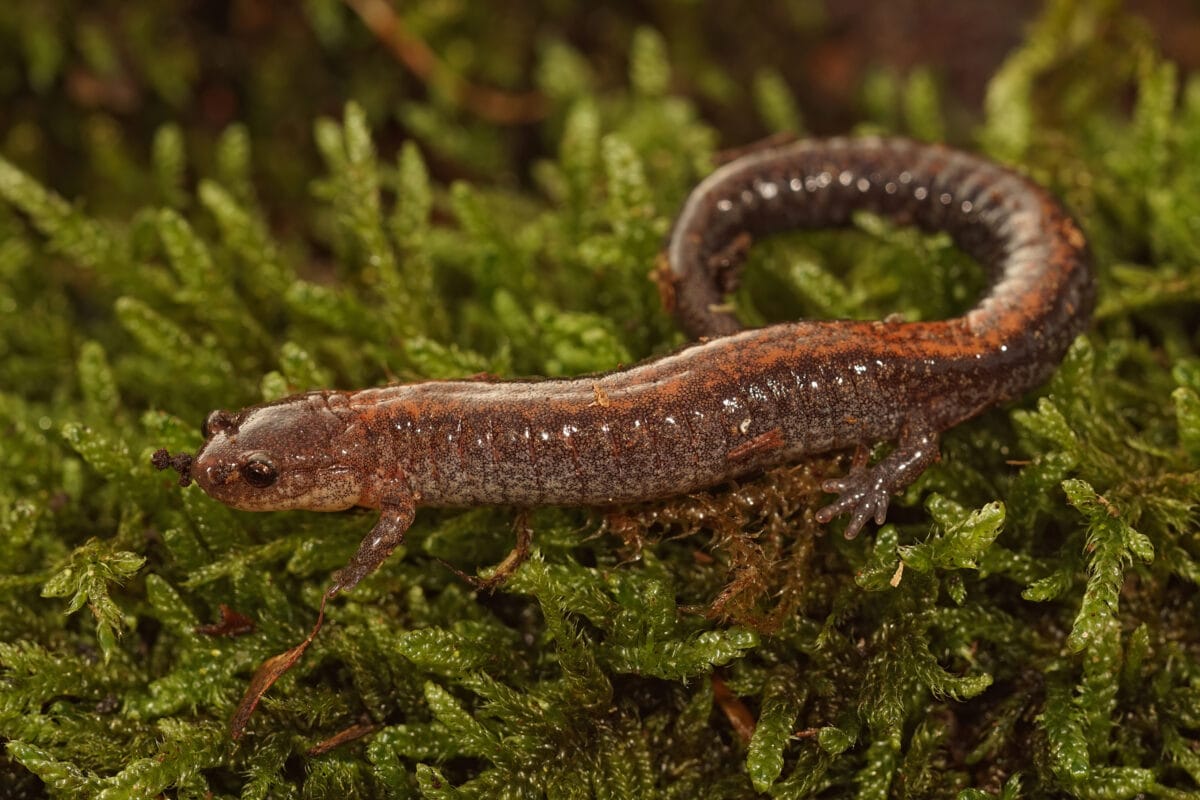
California’s diverse landscapes host several salamander species, each with its unique traits and adaptations. Learning about these tiny creatures can inspire deeper appreciation and awareness of the rich biodiversity within the state.
Research and Study The Scientific Interest
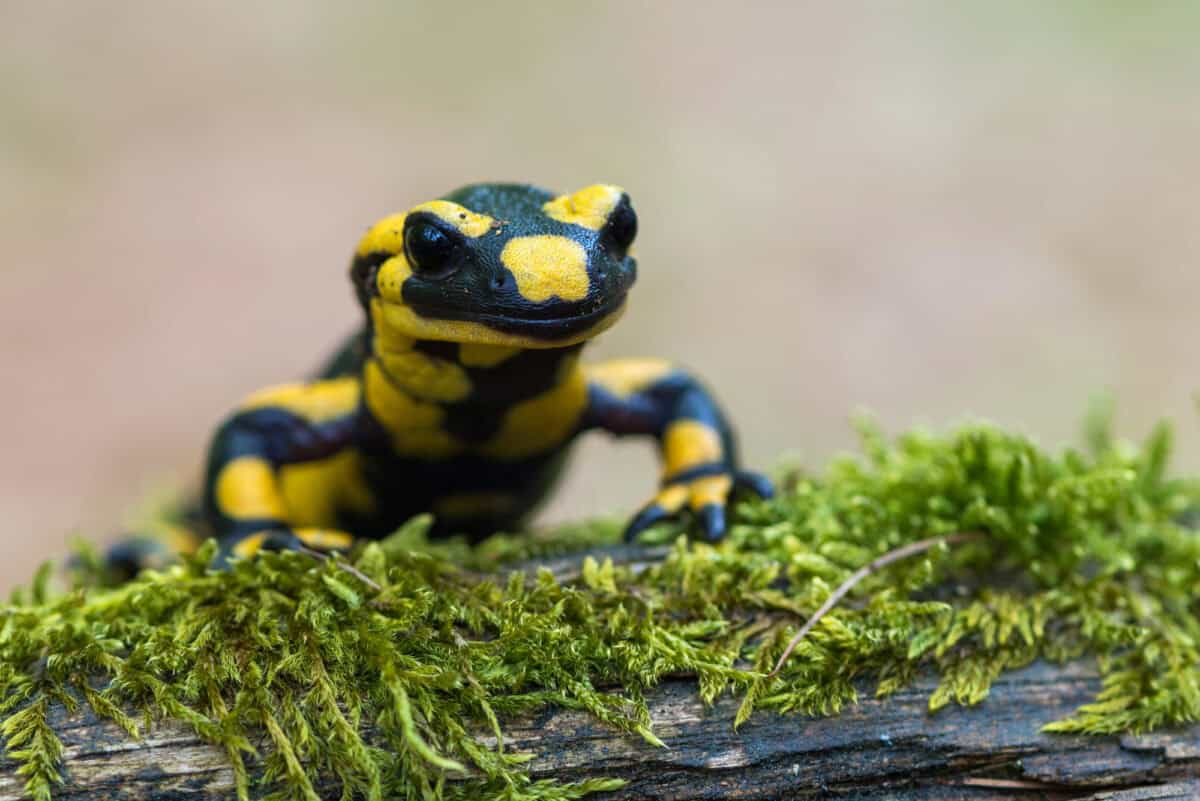
Researchers are keenly interested in these miniature amphibians, as they offer insights into evolutionary biology, adaptation, and ecology. They serve as indicators for environmental changes, providing valuable data for ecological studies.
Getting Involved How You Can Help
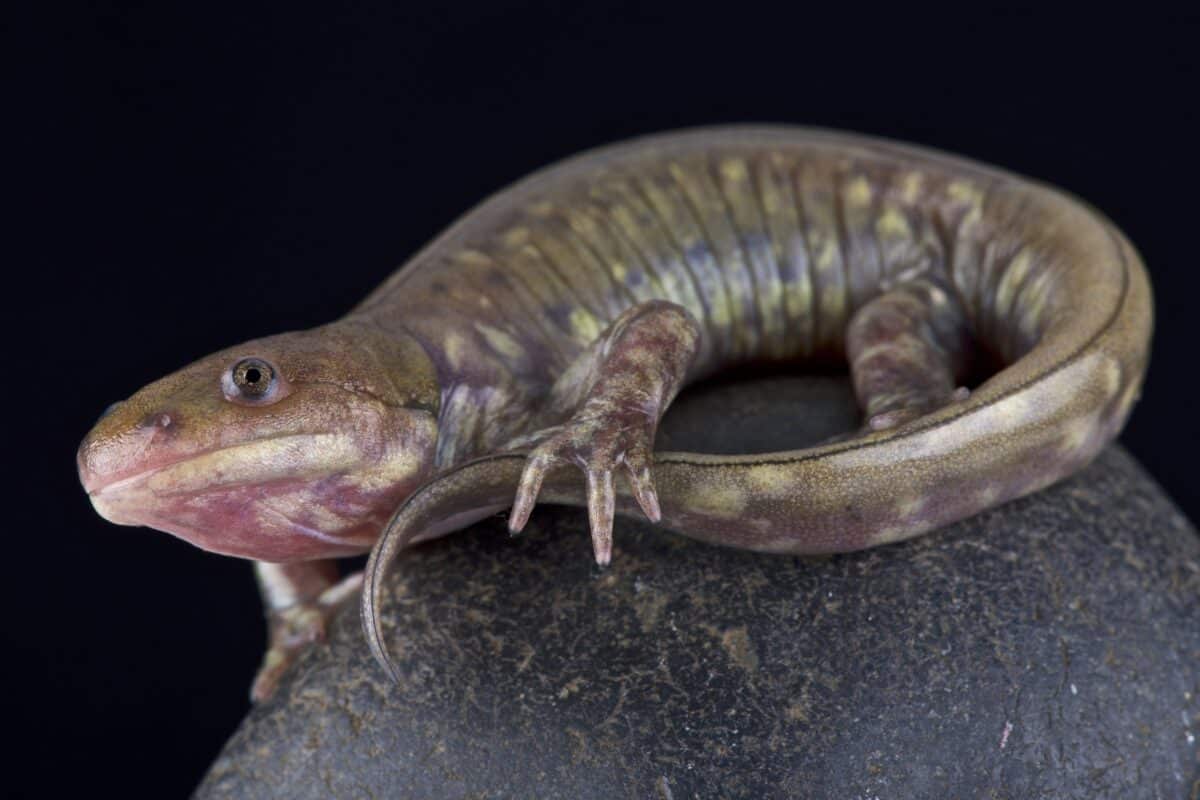
Conservation efforts can benefit greatly from public involvement. Supporting local conservation groups, participating in citizen science projects, and advocating for environmental policies help safeguard these tiny salamanders and their habitats.
Conclusion Celebrating the Small Wonders
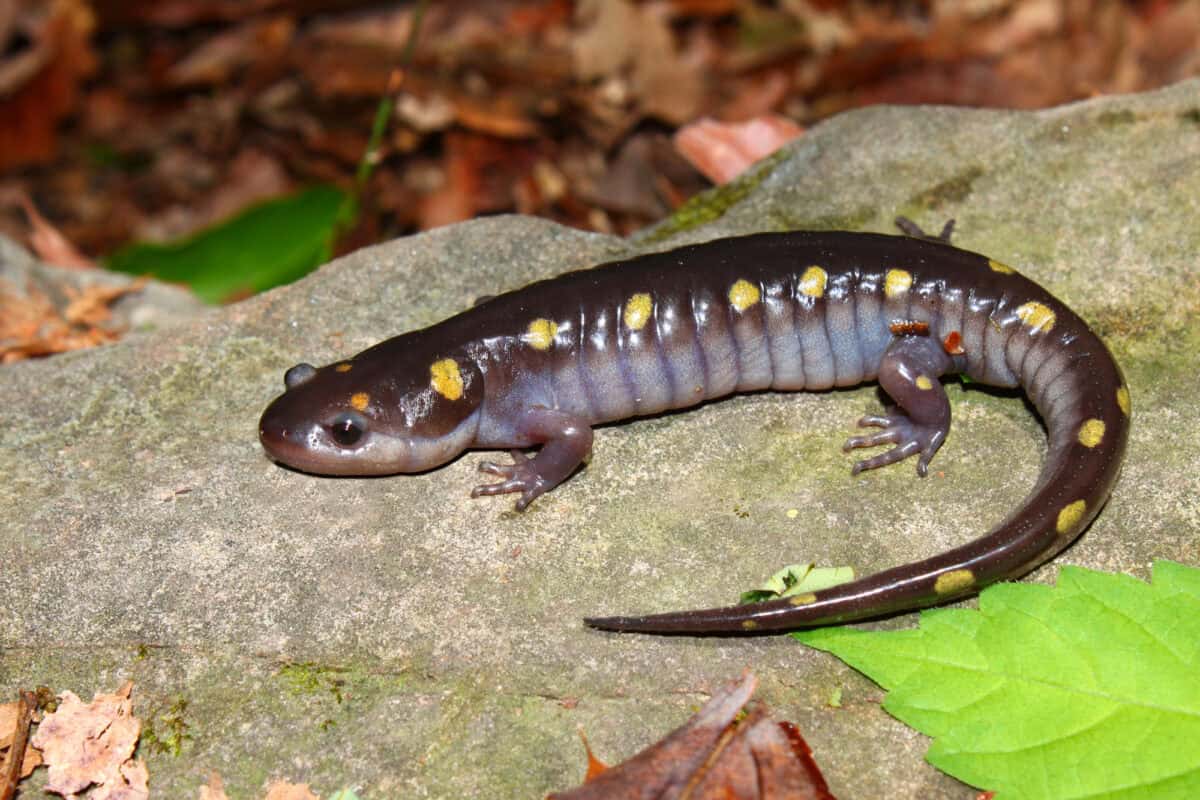
California’s minute salamanders, with their delicate beauty and ecological significance, remind us of the complex interdependencies that sustain life on Earth. By learning about and protecting these tiny creatures, we contribute to the larger effort of preserving biodiversity and ensuring the health of our ecosystems. Let us celebrate these small wonders, recognizing their essential role in nature’s intricate tapestry.
- California Has a Salamander So Tiny It Fits on Your Fingertip - August 10, 2025
- 13 Creatures That Did Not Exist 100 Years Ago - August 10, 2025
- 10 Dog Breeds That Are Too Fragile or Fiery for Families With Kids - August 10, 2025

